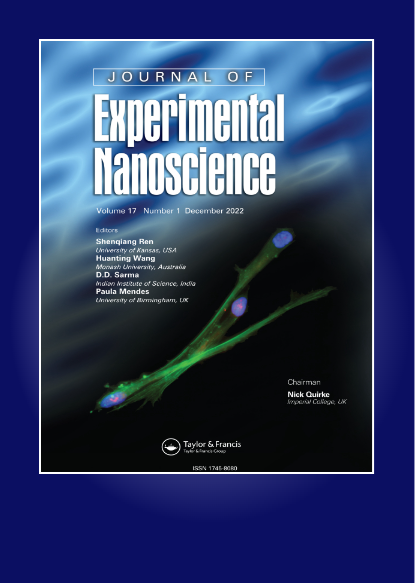废玻璃粉水泥砂浆强度发展及微观机理研究
IF 2.6
4区 材料科学
Q2 CHEMISTRY, MULTIDISCIPLINARY
引用次数: 2
摘要
摘要研究了不同粒径、不同掺量的废玻璃粉在不同龄期的水泥砂浆强度特性。基于扫描电子显微镜(SEM)和电子能谱仪(EDS),从砂浆试件的微观结构出发,分析了强度发展的机理。结果表明,砂浆试件的抗压强度和抗弯强度随龄期的延长而显著提高。存在与最大强度相对应的玻璃粉末的最佳含量。较小粒径的玻璃粉明显促进了砂浆试件抗压强度和抗弯强度的发展。SEM-EDS结果表明,与普通水泥砂浆相比,玻璃水泥砂浆具有更大的内部水化产物量和更高的密度。掺15水泥砂浆的密度 玻璃粉的重量百分比随玻璃粒径的减小而逐渐增大。加入200–500目玻璃粉的水泥砂浆的水化产物和密实度随玻璃含量的增加先增加后降低。加入玻璃粉后强度的提高主要归因于玻璃粉的微团聚体填充效应和火山灰效应,以及界面过渡区的变化。本文章由计算机程序翻译,如有差异,请以英文原文为准。
Strength development and microcosmic mechanism of waste glass powder cement mortar
Abstract In this article, the strength characteristics of the cement mortar with waste glass powder of different size and content at different ages were studied. The mechanism of strength development was analysed from the microstructure of mortar specimens based on scanning electron microscopy (SEM) and electronic dispersive spectroscopy (EDS). The results show that the compressive strength and flexural strength of the mortar specimens increase significantly with a higher age. There is an optimal content of glass powder corresponding to the maximum strength. The glass powder of smaller particle size clearly promotes the development of compressive strength and flexural strength in the mortar specimens. It is found from SEM-EDS that glass cement mortar has a larger amount of internal hydration products and higher density compared with ordinary cement mortar. The density of cement mortar incorporating 15 wt% glass powder increases gradually with the decrease of glass particle size. The hydration products and compactness of the cement mortar adding 200–500 mesh glass powder experience an increase and then a decrease with a rise in the glass content. The strength enhancement with the addition of glass powder are mainly attributed to the microaggregate filling effect and pozzolanic effect of the glass powder, as well as to changes in the interfacial transition zone.
求助全文
通过发布文献求助,成功后即可免费获取论文全文。
去求助
来源期刊

Journal of Experimental Nanoscience
工程技术-材料科学:综合
CiteScore
4.10
自引率
25.00%
发文量
39
审稿时长
6.5 months
期刊介绍:
Journal of Experimental Nanoscience, an international and multidisciplinary journal, provides a showcase for advances in the experimental sciences underlying nanotechnology and nanomaterials.
The journal exists to bring together the most significant papers making original contributions to nanoscience in a range of fields including biology and biochemistry, physics, chemistry, chemical, electrical and mechanical engineering, materials, pharmaceuticals and medicine. The aim is to provide a forum in which cross fertilization between application areas, methodologies, disciplines, as well as academic and industrial researchers can take place and new developments can be encouraged.
 求助内容:
求助内容: 应助结果提醒方式:
应助结果提醒方式:


